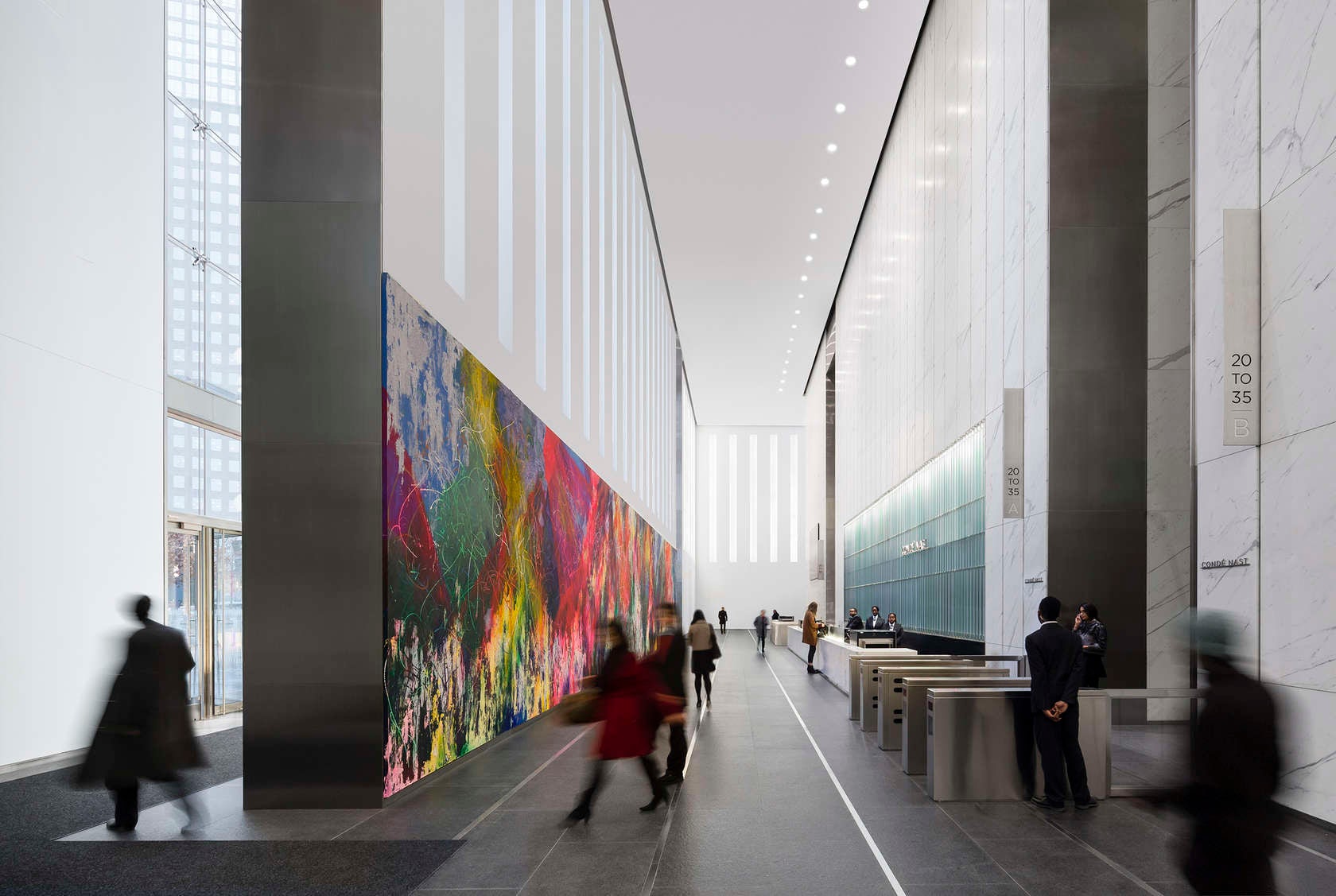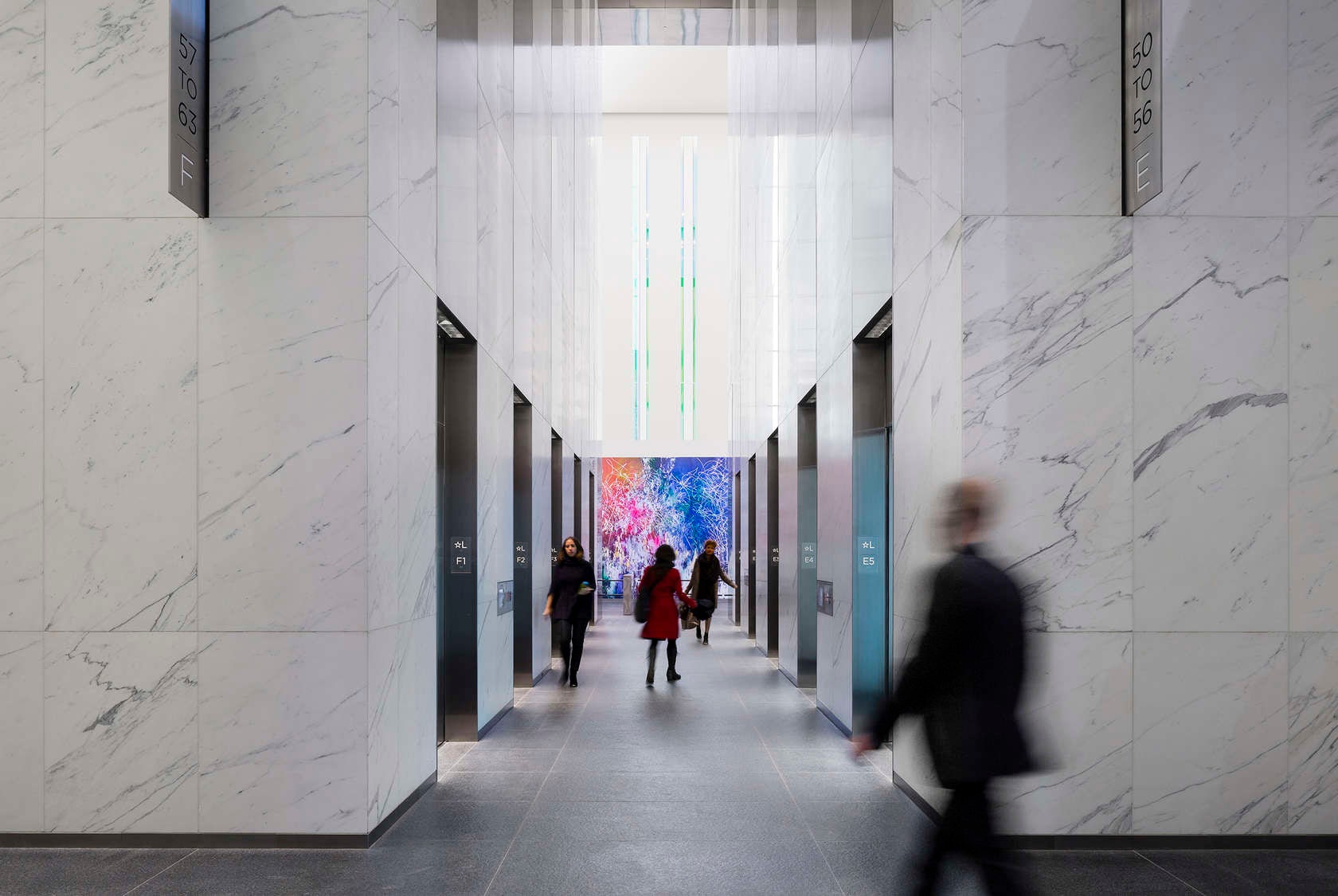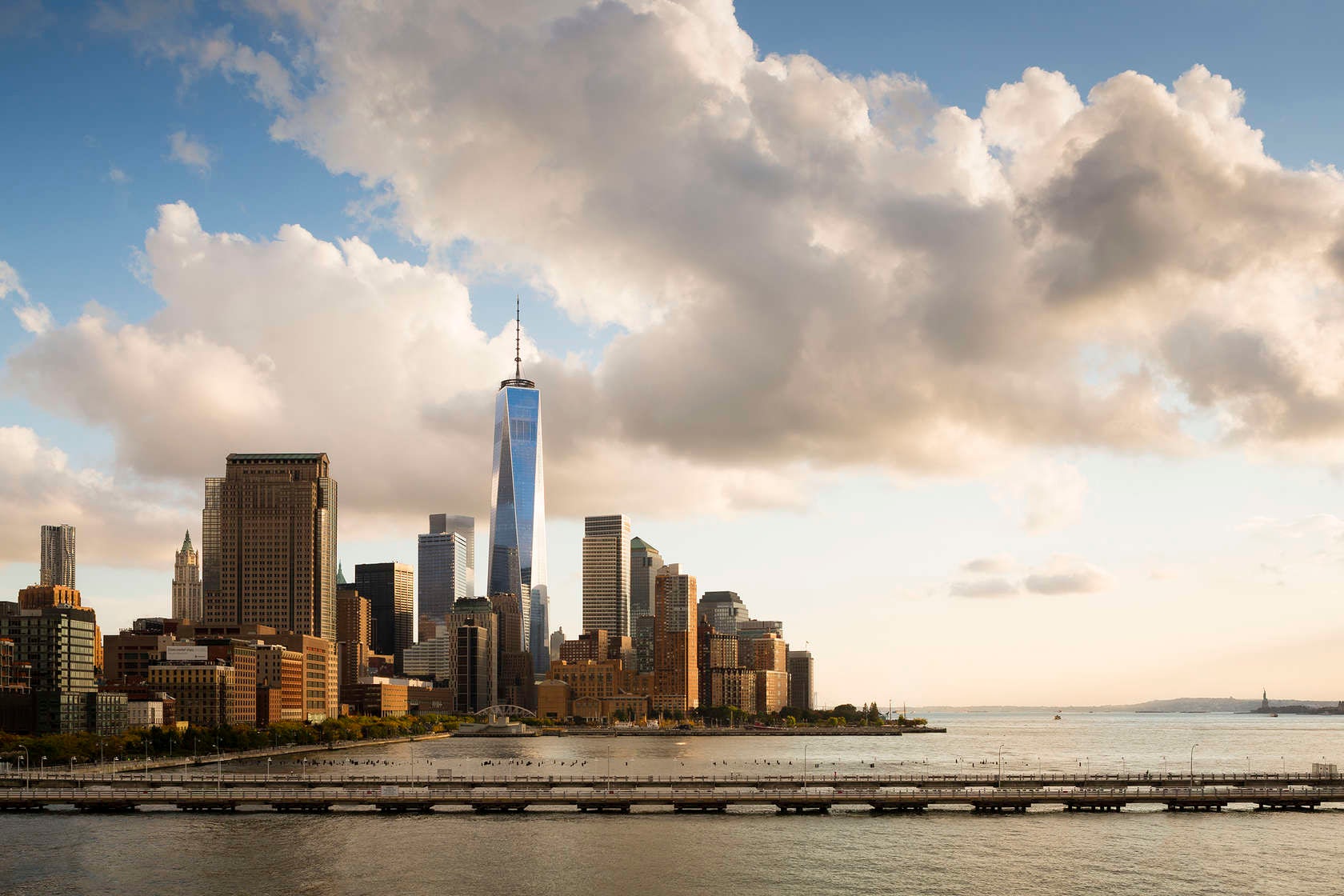The legend behind mineral wool insulation reaches back centuries — to a discovery made during volcanic eruptions on the Hawaiian Islands. “When the air hit some of the lava materials, they formed into fibers and the natives realized they could insulate their huts with them,” explains Angie Ogino, technical services leader for Thermafiber Insolutions®, the fire protection engineering division at Owens Corning.

© James Ewing
Today, Owens Corning Thermafiber® mineral wool insulation is created from slag, a byproduct of the steel industry. It’s melted down to 2,600 degrees Fahrenheit and then spun into fibers. The process yields a fire-resistant material that can withstand temperatures above 2,000 degrees Fahrenheit.
Mineral Wool Insulation Applications
Thermafiber® mineral wool insulation can be used in a variety of applications:
·as thermal insulation for the required R-value that keeps buildings warm in winter and cool in summer, it offers an R-value of up to 4.3 per inch of thickness;
·as acoustical material for commercial, residential and industrial applications, to isolate and control noisy equipment in mechanical rooms or control sound between treatment or patient rooms in a hospital;
·for construction joints to fill and protect the void between fire-rated structures against the spread of fire.
·for high-temperature applications like ovens, furnaces, kilns or anything requiring high-temperature processes — for an oven heated to 1,300 degrees Fahrenheit, it keeps the process temperature in line and covers that oven to protect employees working next to the equipment from burns;
·as the integral component of the perimeter fire barrier assemblies in high-rise buildings where a rated floor and a non-rated exterior wall meet – to achieve fire code compliance and designed to prevent the passage of flame and hot gasses through the interior joint, without compromising design aesthetics. Thermafiber® mineral wool insulation is also installed within the spandrel panel of the curtain wall, since aluminum and glass walls can be compromised in a fire. “First, it will help protect a portion of that non-rated wall, and second, it’s inserted in the joint between slab and the non-rated curtain wall,” Ogino says. “That joint starts at the face of the floor slab and goes out to the curtain wall. It’s critical to protect that spandrel to keep that horizontal protection in place. The idea is not to rate the wall, but to keep the joint material in place, so if there’s a fire, it stops it from spreading and contains it to the room of origin,” Ogino says.

© Iwan Baan
Thermafiber Insolutions®
Thermafiber Insolutions® is the technical services provided by Ogino’s department for commercial building systems. “Because each system is unique, my department gets specific drawings and comes up with a tested system that’s close to construction details,” she says. “If necessary, we do an engineering judgment to evaluate how that particular construction will perform in a fire situation.”
Thermafiber, conducted extensive in-house testing and collaborations with Underwriters Laboratory (UL). “We had the first tested and listed perimeter fire barrier system in the Underwriters Laboratory directory,” she says. As a result, professionals at Owens Corning can review historic test data and interpolate how a commercial project will perform in a fire. Because Thermafiber pioneered the perimeter fire barrier systems, they can evaluate designs and provide hourly fire ratings to the assembly.
“We have a database to provide the engineering judgment and lay out spandrel conditions in CAD drawings for architects,” she says. “They (architects) can either put them into their documents or send us their CAD files, and we’ll send that back to them, with all the supportive documentation required.”

© James Ewing

© James Ewing
One World Trade Center
At One World Trade Center, Thermafiber® mineral wool insulation was used in a perimeter fire barrier system with custom-designed Impasse® insulation hangers. It was critical to the project to have a perimeter fire barrier system on every floor of the 108-story building.
“It was custom: All high-rise buildings are unique in how their framing is designed,” she says. “It did have a unique framing configuration, and we had to come up with custom Impasse® insulation hangers designed to fit within the design of the facade.” One World Trade Center’s glass panels span the floor-to-floor height (more than 13 feet) with no intermediate mullions that are typically used for insulation hangers. The wet mullion system also required sealing all mullion penetrations for moisture-control purposes.
Thermafiber Insolutions® worked with the project’s curtain wall manufacturer to modify its mullion design. Project engineers designed the Impasse® hangers and customized an approved insulation system to fit the modifications. The use of Impasse® hangers — instead of impaling pins — reduced the mullion penetrations, saving labor and preserving the integrity of the moisture-control system.
The results? Thermafiber Insolutions® respected and maintained the aesthetics of this landmark building, developed a solution that exceeded stringent New York City fire code and offered a cost-effective system with integrity.

© Iwan Baan

© James Ewing
For more information about Owens Corning products and featured projects visit us here.









